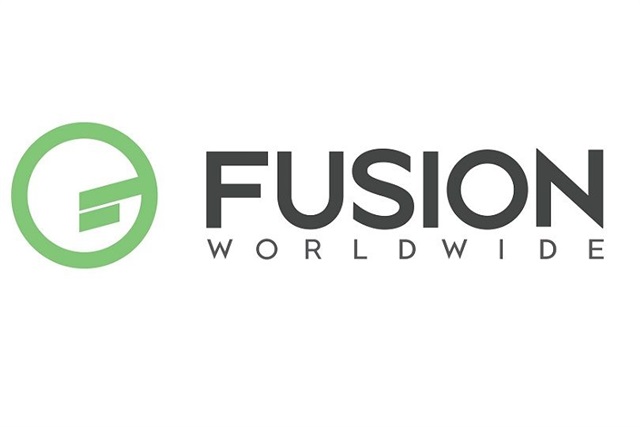In late September 2025, three national governments enacted coordinated measures affecting Nexperia, a global semiconductor manufacturer recognized for its MOSFETs and small-signal discretes. The United States expanded export controls to include Wingtech Technology, Nexperia's parent company based in China. China introduced its own export restrictions impacting domestic manufacturing operations. Meanwhile, the Netherlands invoked the Goods Availability Act, resulting in the temporary suspension of the company's CEO and the transfer of shareholder voting rights to independent oversight.
These combined actions significantly disrupted Nexperia's global production capacity, with nearly half of operations affected within days. Authorized distributors paused quotations, while brokers reported elevated pricing on remaining inventory. Buyers across the automotive, industrial, and consumer electronics sectors began urgently seeking alternative sources for critical components, with lead times extending into Q4 2025.
This disruption was not the result of natural disasters or market-driven imbalances. Rather, it stemmed from a series of deliberate, cross-border regulatory interventions that had an immediate and substantial impact on commercial operations.
Political Risk Now Comes From Everywhere
The Nexperia episode illustrates a fundamental shift in geopolitical risk. It no longer originates only in politically unstable regions but from the world's most advanced economies often concurrently. The United States, the European Union, and China are increasingly using trade policy, export controls, and corporate oversight as instruments of national strategy.
This trend has been building. U.S. tariff policy shifted repeatedly throughout 2024 and 2025. Ocean freight rates from Shanghai to the U.S. rose 42% between December 2024 and January 2025. In August 2025, the U.S. implemented a 40% tariff on transshipped goods containing significant inputs from higher-tariff jurisdictions.
For procurement teams, the assumption that stable trade corridors guarantee supply continuity is no longer valid. Risk is embedded in the structure of global commerce itself.
The Nexperia Ripple Effect
Major contract manufacturers immediately assessed their exposure to Nexperia components. Regional responses varied. As highlighted by our recent article: Nexperia Supply Chain Update 2025, distributors in China halted quotations pending clarity on factory shipments. European distributors began segmenting inventory by country of origin to manage compliance exposure. In Asia, brokers reported active trading, accompanied by panic buying.
Qualified alternatives from suppliers could not immediately absorb demand. Requalification cycles for automotive and industrial applications introduce delays that cascade into production stoppages. Even minor component shortages can trigger costly engineering reviews and line downtime.
The New Normal of Government-Led Disruption
In August 2025, global trade policy uncertainty reached 21 times its historical average surpassing even pandemic-era volatility. This is not a temporary anomaly. National security concerns, industrial policy, and strategic decoupling are driving sustained government intervention in commercial supply chains.
Companies that continue to optimize solely for cost will face repeated disruptions. Those that embed resilience, transparency, and agility into their sourcing strategy will maintain operational continuity amid escalating uncertainty.
The Nexperia event is not an outlier. It is a preview of a future where supply chains are treated as instruments of national interest and subject to sudden, coordinated intervention.
Strategic Actions for Procurement Teams
1. Diversify the supply base. Overreliance on a single supplier creates acute vulnerability, as demonstrated by the sudden unavailability of Nexperia components across multiple regions.
2. Monitor early indicators of supply stress. Extended lead times, increased quote rejections, and pricing premiums, particularly for non-China-sourced parts, often signal tightening availability before formal shortages are announced.
3. Cultivate executive-level supplier relationships. During allocation events, suppliers prioritize customers with established strategic partnerships, providing earlier visibility and preferential access to constrained inventory.
4. Enhance supply chain transparency. Conduct comprehensive mapping of component exposure across all product lines to identify parts with limited alternatives or extended qualification cycles.
5. Pre-qualify alternative sources. Waiting until allocation notices arrive places organizations at a significant disadvantage. Proactive evaluation of substitutes during design or routine reviews ensures readiness when disruptions occur.
Secure Your Supply Chain Before the Next Disruption
When governments intervene or suppliers face sudden restrictions, having verified alternatives and real-time intelligence keeps your production running.
Fusion Worldwide operates a global sourcing network with offices across North America, Europe, and Asia. Our e-commerce platform gives you 24/7 access to verified component inventory, transparent country-of-origin data, and alternative sourcing options when primary suppliers face constraints.
Whether you need Nexperia alternatives, automotive-grade discretes, or hard-to-find components, our team provides the visibility and supply chain intelligence that helps you make confident decisions before shortages impact your bottom line.
Visit www.fusionww.com to access real-time component availability and protect your production continuity.
(Article written by Wei Liang Leu, Senior Director of Purchasing, APAC, Fusion Worldwide)
Article edited by Joseph Tsai




